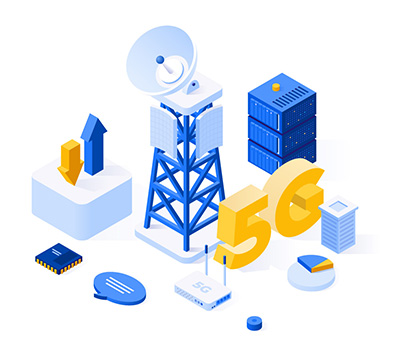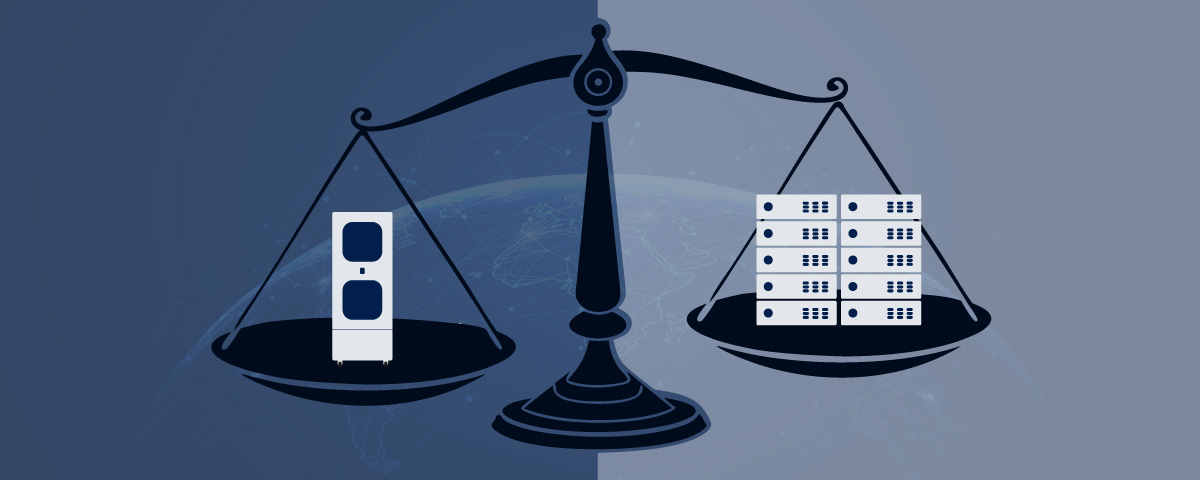When it comes to the subject of data storage and wireless communications, the planet is poised on the edge of a brand-new era. The key term there is ‘the edge’ – the data storage and processing solution that’s already revolutionising the online world as we know it.
Edge computing has been smouldering in the background for well over a decade. As we’ve all embraced IoT (Internet of Things) devices, so data generation has increased exponentially. Challenges, such as latency and the cost of cloud data storage, are just some of the reasons that companies across the globe are switching their allegiance to this proven technology.
But … what about telecom companies? These gargantuan companies that own and run wireless towers and data centres – what will their strategy be when it comes to edge needs?
The answer to that question is … no one really knows.
Telcos sitting on the fence
Rather than moving towards edge capability and dominance, it appears that some of the biggest telco names are playing a rather different approach – more akin to a ‘suck it and see’ strategy, rather than moving with purpose.
While they have been investing in the data centre market, many experts are not convinced that they seek world domination. Indeed, the pandemic and the monumental planetary shift to remote working proved that they were more than capable of delivering the connectivity needed. Add in the fact that edge computing relies not on single entities having control, but a truly global collaboration to sift and sort data as needed, and we may well end up with a less centralised system shared among smaller suppliers.
Defining where ‘the edge’ is located is a complex subject. It means different things to different people and scenarios. For an SME, the edge could be right in their office. For military forces, it might be in the combat zone. For a smart city? Well, this will need multiple edge devices across the landscape to collate and action data as it happens.
And for the telcos? They might consider the edge to be their wireless towers – the handoff points between them and their customers’ devices.
Cooperation is going to be key, whatever strategy they decide to follow.
Get ready for the co-working agreements

This cooperation is likely to play a major role in how telcos move forward. Indeed, many contracts have already been signed between edge providers, such as Microsoft, and tower companies.
But it doesn’t end there. Add 5G into the mix and we begin to understand the scale of collaboration that’s going to be necessary as we move towards a hybrid edge-cloud landscape. Rather than telcos and tower companies simply providing ‘a service’, they’re going to end up in the unique position of being able to add value to users across the globe.
If – that is – they decide to get off the fence and take up the challenge.
Edge computing is going to revolutionise the physical and online world over the next years and decades. Whether or not the telcos end up playing a major part is yet to be seen. But they need to make a play – and make it soon. Because much of the wisdom out there is that perhaps the industry simply can’t or won’t evolve into what’s needed. While this may well be controversial, it’s an industry whisper that’s gradually gaining pace.
Whatever move the tower companies decide to make, it’s sure to be interesting. We’ll just have to wait a bit longer to see how this pans out.
In the meantime, SMEs and larger companies are already taking advantage of the wonders of the edge in the form of micro data centres. MDCs are the perfect solution for edge deployments and have already been widely adopted by industries as varied as healthcare, retail, education and mining.






